

Alternative species (click on the thumbnail to see the card)
Names
Scientific name
Baryancistrus sp
Baryancistrus xanthellus
L-081
L-018 (or L-085)
L-177
Common name
Gold nugget pleco
Golden Nugget pleco
Iriri golden nugget pleco
Origin

Origin: Brazil (Xingu River, Iriri River)
Biotope: Amazonian
Dimorphism
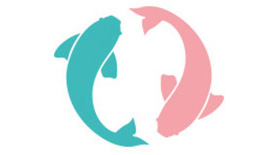
Not very visible. In adulthood, the male has a larger head and a flat forehead. The female is more rounded
Group
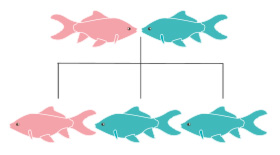
Loricariidae
Volume

300 L / 66 Imp Gal / 79 US Gal (L-081)
to 800 L / 176 Imp Gal / 211 US Gal (L-018)
Parameters

T°: 25 to 30°C or 77 to 86°F
pH: 6 to 7
Hardness: 8 to 15°dGH
Difficulty

Easy
Size

18cm/7" (L081) to 35cm/14" (L018)
Longevity

15 to 20 years
Living zone
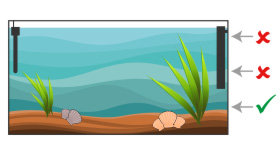
Depth
Individuals

1
Food
How to feed the Gold nugget pleco?
Food
How to feed the Gold nugget pleco?
Often these fish are sold as window cleaners. Indeed, they will appreciate to integrate algae (or more precisely the biofilm that covers the substrate, roots or rocks) in their food, but this does not exempt them from feeding them in a specific way.
This fish is an omnivore with a carnivorous tendency. It is easy to feed and easily accepts all types of food. Attention, for a good health, make sure to vary its diet. You can give it groundfish tablets (vegetarian and carnivorous in alternation), seaweed, cucumber, mashed peas, zucchini, salad, earthworms, shrimps, artemia... He is particularly fond of mud worms!
Considering his nocturnal temperament, prefer to give him his meal when the lights go out in order to respect his biological rhythm as much as possible.
Behavior
What kind of behavior does the Gold nugget pleco have?
Behavior
What kind of behavior does the Gold nugget pleco have?
The Baryancistrus is a fish with a strong temperament. When it arrives at your home, it will however be very shy, leaving its den only a few days. During this difficult passage, do not hesitate to put its meal directly in its hiding place so that it can feed itself.
It is rather nocturnal and tirelessly grazes on the biofilm and algae of the decor. During the day, it spends most of its time resting on a rock or a root.
Cohabitation
Who can live with the Gold nugget pleco?
Cohabitation
Who can live with the Gold nugget pleco?
In captivity, it is recommended to keep this fish in solitary because it can be quite aggressive towards its fellow fish in a too small tank. Indeed, it is territorial and needs its personal space. However, if the volume of the aquarium allows it, the maintenance of several individuals is possible. In this case, the specimens will remain each on its own territory, at a distance from each other.
Avoid associating them with aggressive fish. Also avoid other loricarids of the same or smaller size with which it can also be aggressive.
Choose roommates from large, peaceful characids or cichlids.
Breeding
How to breed the Gold nugget pleco?
Breeding
How to breed the Gold nugget pleco?
It is possible to breed Baryancistrus in captivity but this is quite difficult. This fish hides its spawning in the scenery. It seems that a strong current encourages it to reproduce. The temperature also plays a role since it must be around 30°C-86°F.
Its aquarium
Which aquarium for the Gold nugget pleco?
Its aquarium
Which aquarium for the Gold nugget pleco?
It lives naturally in fast flowing, well-oxygenated streams. In aquariums, it likes a good current and this will even be essential for its well-being (and it also seems to be for its reproduction). Thus, choose a filtration system offering a flow rate of 5 or 6 times the volume of the aquarium per hour. A good surface stirring will improve the oxygen level in the water. Finally, note that the quality of the water must be irreproachable. To do this, change the water regularly.
Provide shaded areas for him to rest in. To do this, create a decor of large roots and branches. The decor must be intertwined to form many hiding places, even caves. For the ground, use non-sharp sand or gravel. You can complete by adding pebbles and rocks. Finally, plant densely.
Good To know
Find all additional information!
Good To know
Find all additional information!
When you buy, be careful that the specimen you are considering to acquire is not the hollow belly. Unfortunately, a lot of fish from the wild arrive hungry and very thin in our aquariums. For many of them, they will not survive long after their arrival at your home because they don't even have the strength to eat. You won't have this problem with individuals with bounced bellies!
This species was not precisely described until 2011.
Beware of confusion with the L-085 which has white dots and not yellow!
There are at least 3 types of Baryancistrus sp: L-018, L-081 and L-177. They are for the moment classified with L-numbers awaiting a correct scientific classification. These forms are distinguished by their size and by the size of the points of their dress:
L-081
Size: 18cm (7")- Dress: small points
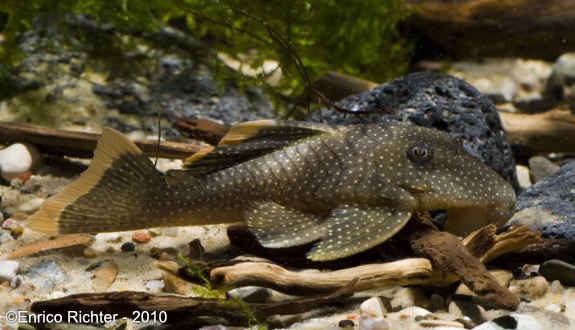
L-018 (or L-085)
Size: 35cm (14") - Dress: medium points
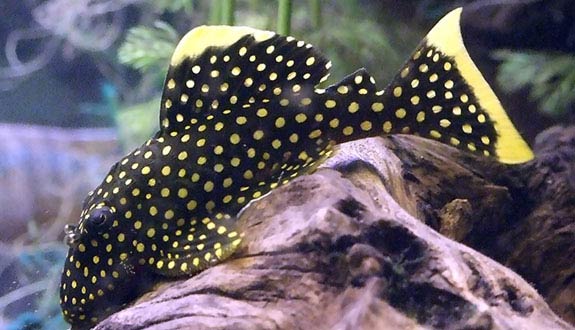
L-177
Size: 20cm (8") - Dress: big points
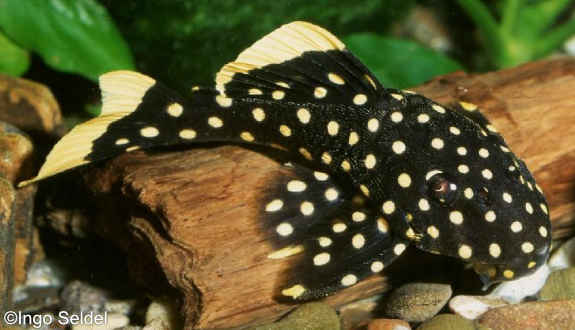
Yours photos!
Comments
Sort by:
Please login to post comments


